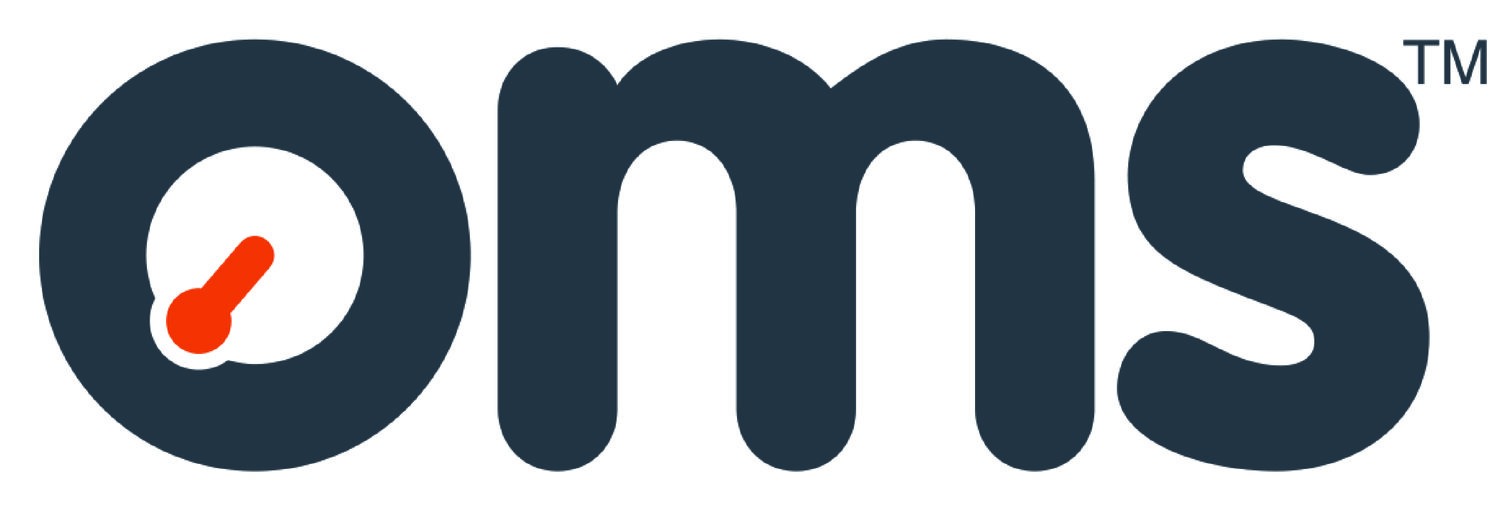Challenges in weld inspection
Weld inspection, in which pipeline welds are assessed against project standards, is a vital stage of the pipeline installation process. Each individual weld is a critical link on which a pipeline depends – if welds are not fit-for-purpose and fail the consequences can be very serious – for safety, the environment and the contractor’s bottom line.
Welds are inspected at several stages during pipe-laying and verified against a range of stringent safety standards provided by various institutions such as the American Petroleum Institute, the International Organization for Standardization and DNV.
A challenging business
Oil and gas pipelines are now safer, stronger and longer-lasting than ever before, with advances in both welding and inspection technology occurring all the time. Although weld inspection is constantly improving, there are still several challenges that can make life difficult for oil exploration companies and installation contractors. In this article we take a look at some of the current challenges in weld inspection – and how they can be met.
Accessing difficult-to-reach areas
In harsh energy production environments, getting inspection equipment into the right place to assess welds can be very difficult. Some welds are located at a great distance from any entry point often accessible only through a complex system involving multiple bends and elbows. In the past, inspecting these hard-
State-of-the-art robotic crawlers for access to hard-to-reach welds
OMS offers a range of robotic crawlers which can access welds up to 1km from any starting point. All are robust, reliable, easy to operate and have been used successfully on many major global energy projects, such as the Barzan replacement project in Qatar, in which OMS Agility and Endurance crawlers successfully inspected welds in complex system of risers, topsides and reducers. For more information about those click here.
Maintaining efficiency when time is critical
Weld inspection often has to take place at a moment when time is absolutely critical, such as when pipeline is being laid from a vessel or barge. When laying vessels cost more than $500,000 per day, every moment counts and holding up the welding process to allow for inspection can be very expensive. Identifying defects early and quickly is vital for efficient production.
Integrated inspection in the firing line
OMS has recently developed the REACH range of linear actuators to facilitate weld inspection on laying vessels. Built in response to our own understanding of challenges in weld inspection and client need, REACH actuators are used mainly offshore, where they integrate with the ILUC, allowing rapid verification of welds in the firing line and enabling pipe-laying to proceed efficiently. Find out more about REACH here.
Robust technology for harsh environments
To inspect welds successfully equipment must be robust enough to cope with harsh energy production environments and reliable, so that operation during long offshore periods can be guaranteed. OMS’ award-winning weld inspection systems have a long and certified track record of use in challenging environments and can be relied on to operate successfully whatever the conditions.
Solving challenges through innovation
Although weld inspection can be very challenging, OMS is constantly working on new solutions to solve those challenges. As a business with innovation at our heart, our industry experience, ability to understand client issues and nimble R&D team is second to none. If you have any pipeline challenges contact our team, who are always on hand to discuss problems and answer any queries.
Find this article useful? Sign up for more here!
Posted 15.07.2021
[5 minute read]
By Paul Eagle, Sales Director





